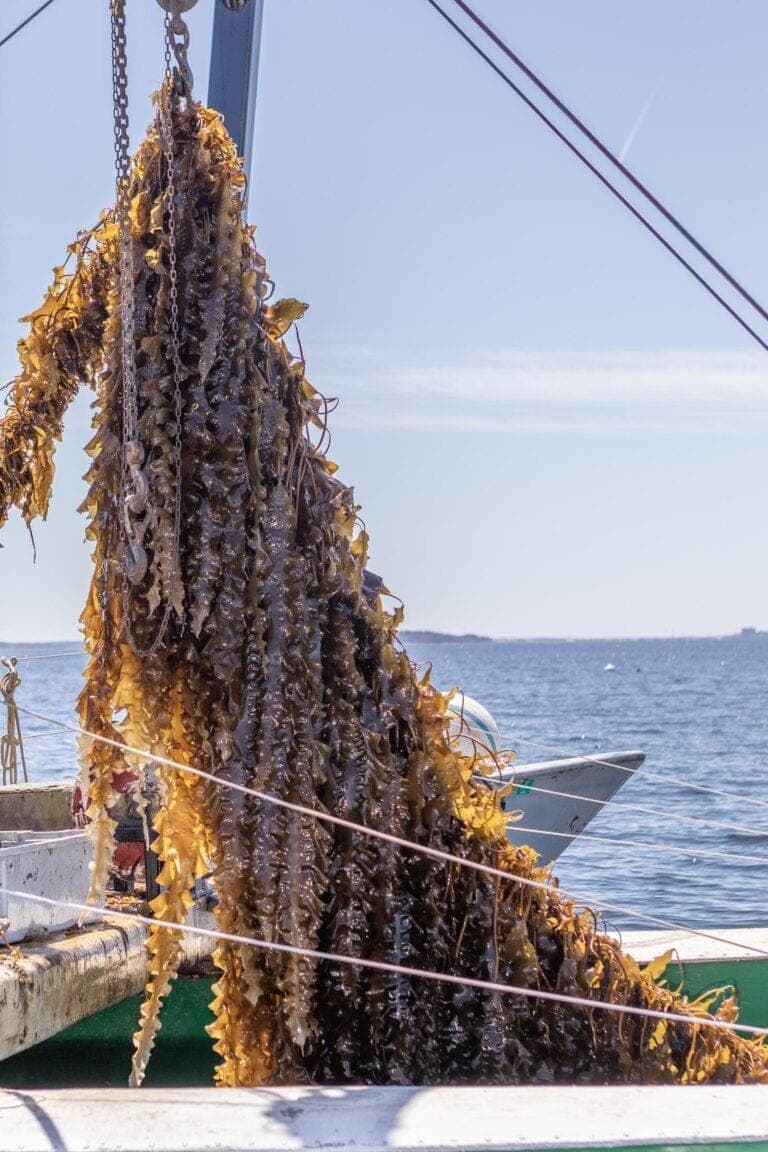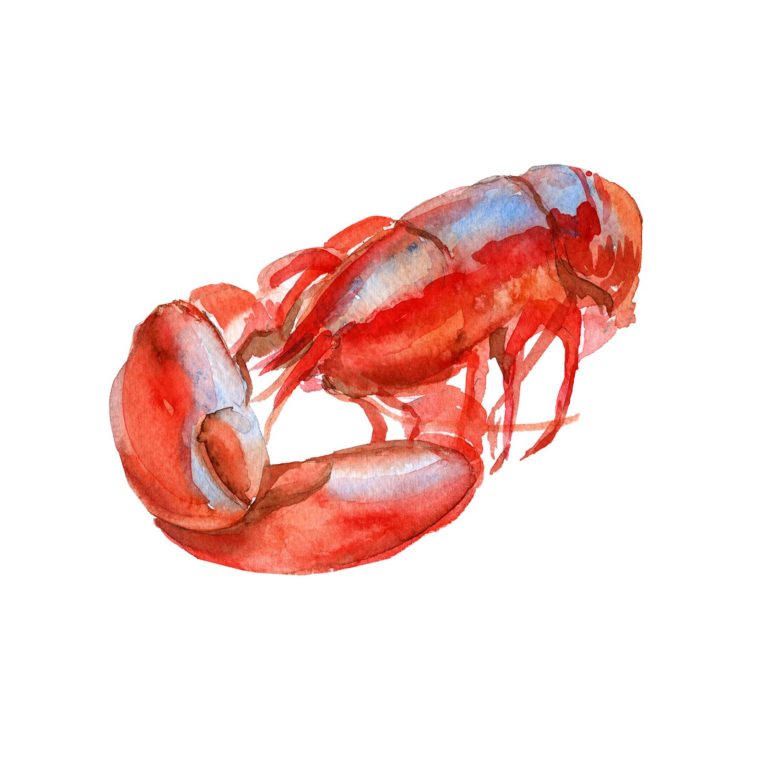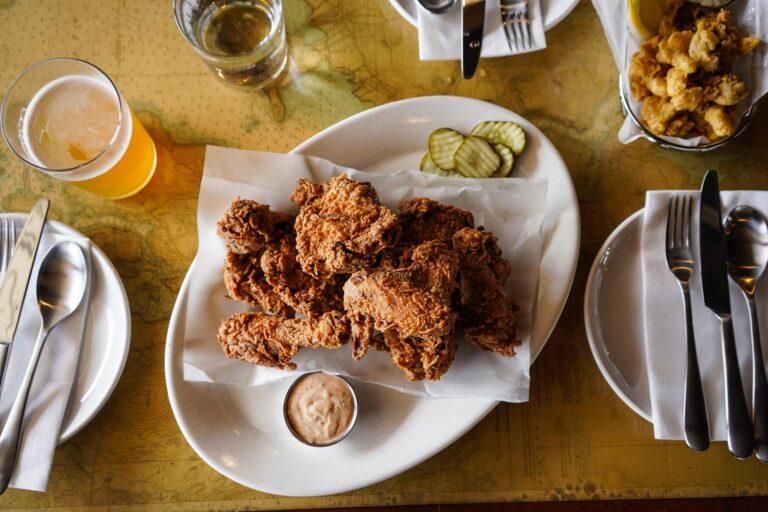Wyman’s was founded in 1874 by Jasper Wyman in Milbridge. While 150 years later the company’s name is synonymous with wild blueberries, Wyman’s actually got their start as a sardine cannery, at one time packaging mussels and lobsters as well, before ultimately switching over to the wild blueberries they are renowned for today.
While the company has a number of offices throughout Maine and Canada, the company’s headquarters are in Washington County, where they are one of the largest employers. The company grows their blueberries in Maine and Canada, as well as purchasing from over 400 wild blueberry growers and sourcing a variety of fruits from 41 partner farms around the world.
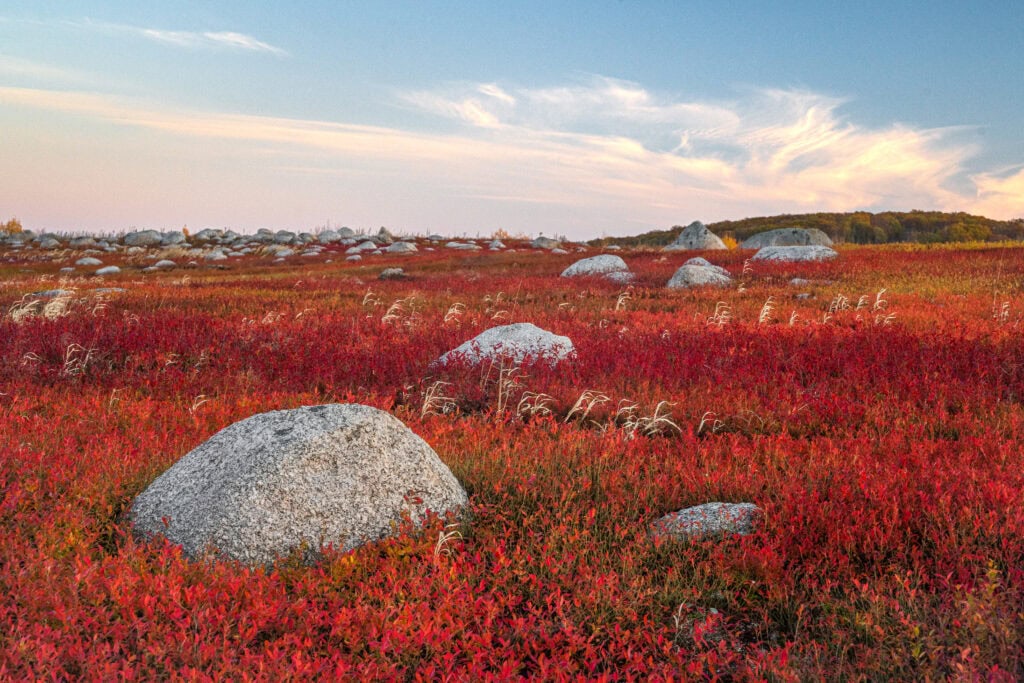
Although the company is now helmed by former Post Foods leader Tony Shurman, descendants of Jasper Wyman still own the business. Shurman’s background in consumer packaged goods is evident by the recent growth of Wyman’s products in the market. The Maine-based company has expanded their footprint to freezer aisles in every state, becoming the top-selling frozen fruit company in the nation in 2020.
How many ways are there to sell blueberries, you might wonder?
Wyman’s operates within four channels.
The first is ingredients. You probably don’t know all of the times that you’ve eaten Wyman’s wild blueberries throughout your life. While they’re not able to disclose all of the name brands that utilize their fruit, they have been the supplier for a national giant of muffin mixes since 1958 and to Orono Brewing for their Wicked Wild Blueberry Ale, to name just a couple of examples.
The second is food service, in which
Wyman’s sells their frozen fruit to restaurants and bars, including Two Fat Cats, Becky’s Diner, Jordan Pond House, and more.
The third is e-commerce, which Wyman’s launched during the pandemic as a response to the high demand for frozen fruit. Additionally, the company utilized this opportunity to create products out of existing inventory; when they had millions of pounds of imperfect, non-round blueberries, they pressed the product into shelf-stable 100% wild blueberry juice.
The fourth and likely most widely known channel is retail, with more than 20 products on the market. It’s unlikely that you’ll spot another brand of wild blueberries in the aisles of a United States retailer. The majority of the bigger players in the category
operate as private-label producers, whereas Wyman’s only offers branded bags.
One of Wyman’s biggest challenges is to continue to educate on the difference between wild and cultivated blueberries so that they can maintain a premium price in the commodity channels. To sum: Wild blueberries have a different size, flavor, and nutritional profile than larger cultivated berries, which can be grown around the world.
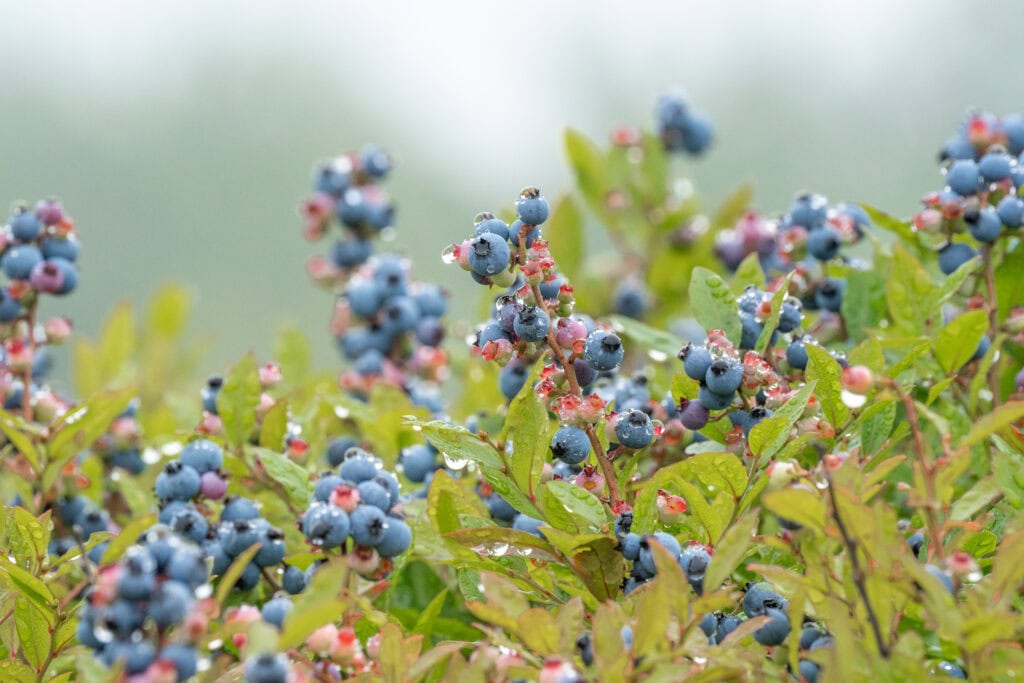
With more than two times the antioxidant activity, more than 70% fiber, and 30% less sugar than cultivated berries, the health benefits of wild blueberries to consumers are obvious.
Growing up to just 12 inches tall, wild blueberries are a truly unique crop—while farmers can tend to the land to encourage their growth, they cannot be planted, and it takes two years to grow one wild blueberry. In the abundance needed for commercial harvesting, they grow in just five places in the world: Maine, Quebec, Prince Edward Island, Nova Scotia, and New Brunswick. 10,000 years ago when glaciers began to recede, wild blueberries began to grow in the sandy and acidic soil. All of the roots are connected underground through extensive rhizome systems.
Harvest time is short and only happens once a year, typically lasting from mid-July to August. During this time, Wyman’s swells, doubling their workforce and running their plant 24/7. They also utilize co-packers to process their products.
Whereas a cultivated berry can travel up to 20 days from harvest to home, Wyman’s berries are flash frozen within 24 hours after traveling through blast-freezing tunnels, which preserves their nutritional integrity and flavor. To keep up with demand, their production facility has the capacity to freeze 2.3 million pounds of wild blueberries a day.
99% of Maine’s wild blueberry crop is sold frozen, thereby generating up to 47% less food waste than chilled foods. This also essentially makes the wild blueberry a greener berry.
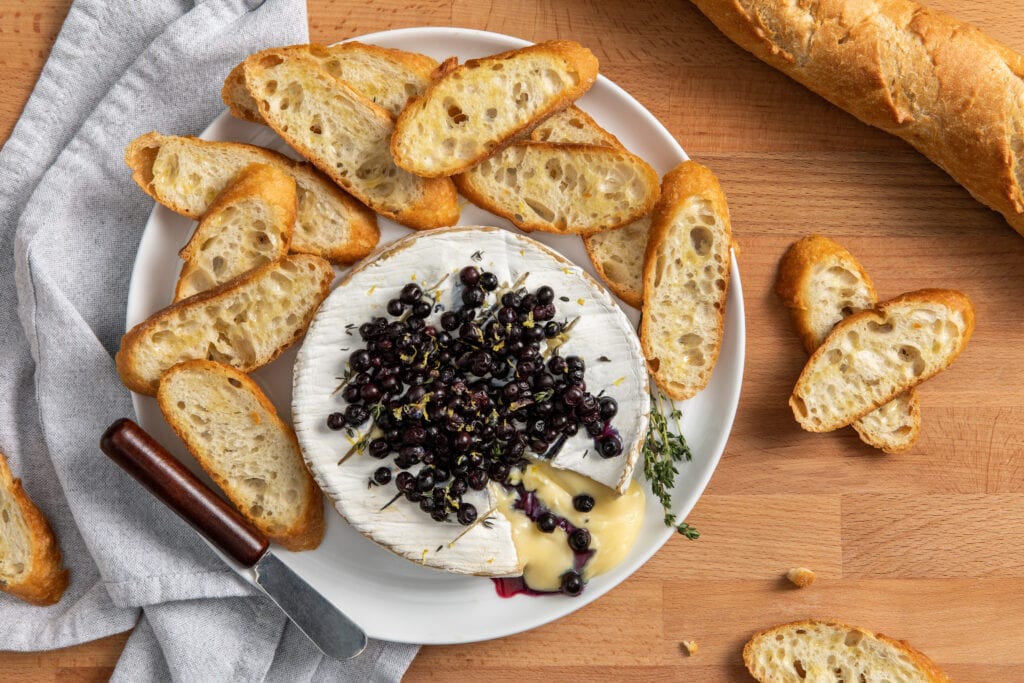
Wyman’s continues to grow their commerce with global relationships, but their business arrangements right here in Maine thrive as well. While Wyman’s doesn’t exclusively grow their products in Maine, they do have a solid presence and a long history in the state.
For example, take the West family: Adam West is the director of manufacturing for Wyman’s, running the plant in Cherryfield—just like his grandfather before him. West’s father Frank works as the head of procurement, sourcing fruits from more than 41 farmers. And Frank’s grandfather? He started the canning business at Wyman’s.
“Working for a family-owned company is probably the best thing that could have ever happened to us,” West says. “They take pride in the product we put out, they give so much back to the community, and they appreciate the work that we do.”
Wyman’s also supports research trials on their land with universities, including the Wyman’s Wild Blueberry Research and Innovation Center at the University of Maine. The lab looks at the impact of extreme weather events, like temperature and precipitation, and how these changes impact the wild blueberry plant. The lab is also working on frost mitigation strategies to figure out how to navigate the knowledge of an ever-changing climate and what that means for managing this crop.
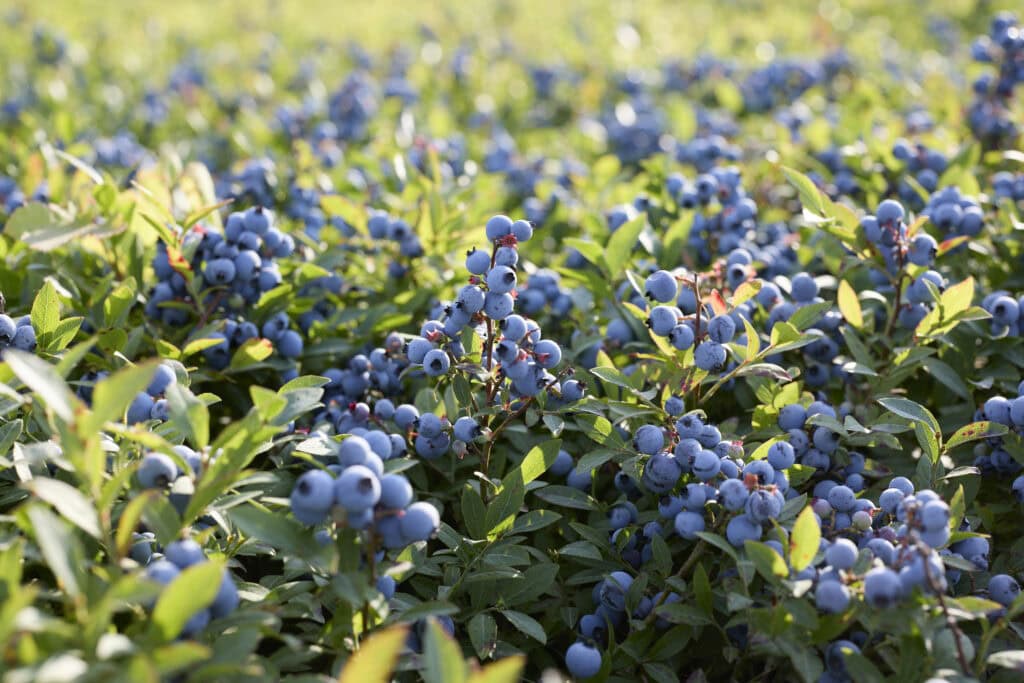
Things have evolved since Jasper Wyman founded the company, particularly with the advent of mechanical harvesters—although traditional hand-raking is still very much part of the harvesting process. Wyman’s also “employs” more than 20,000 traveling honeybee hives, which are rented each season to ensure successful pollination of the crop, transforming flowers into fruit.
As Wyman’s enters their impressive 150th year in business, it is apparent that their strong ties to Maine continue to support the economy of today and the research of tomorrow.






